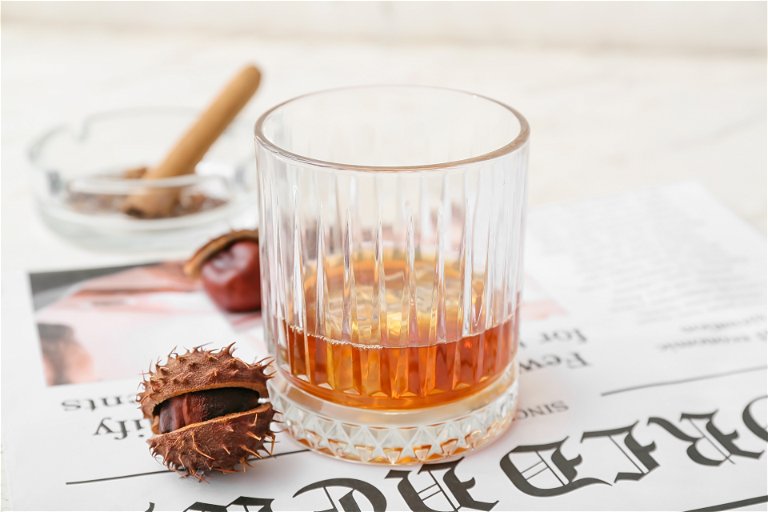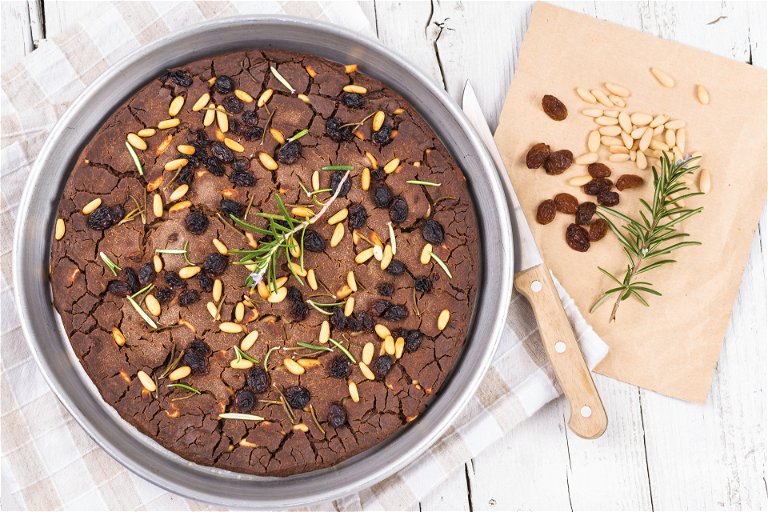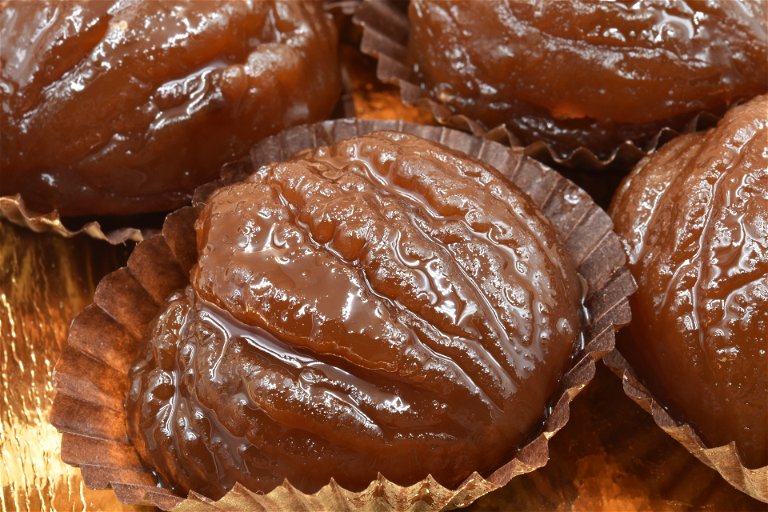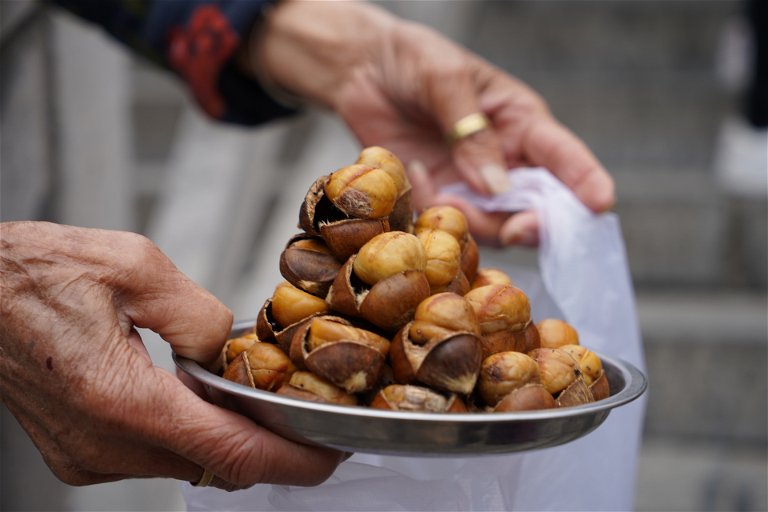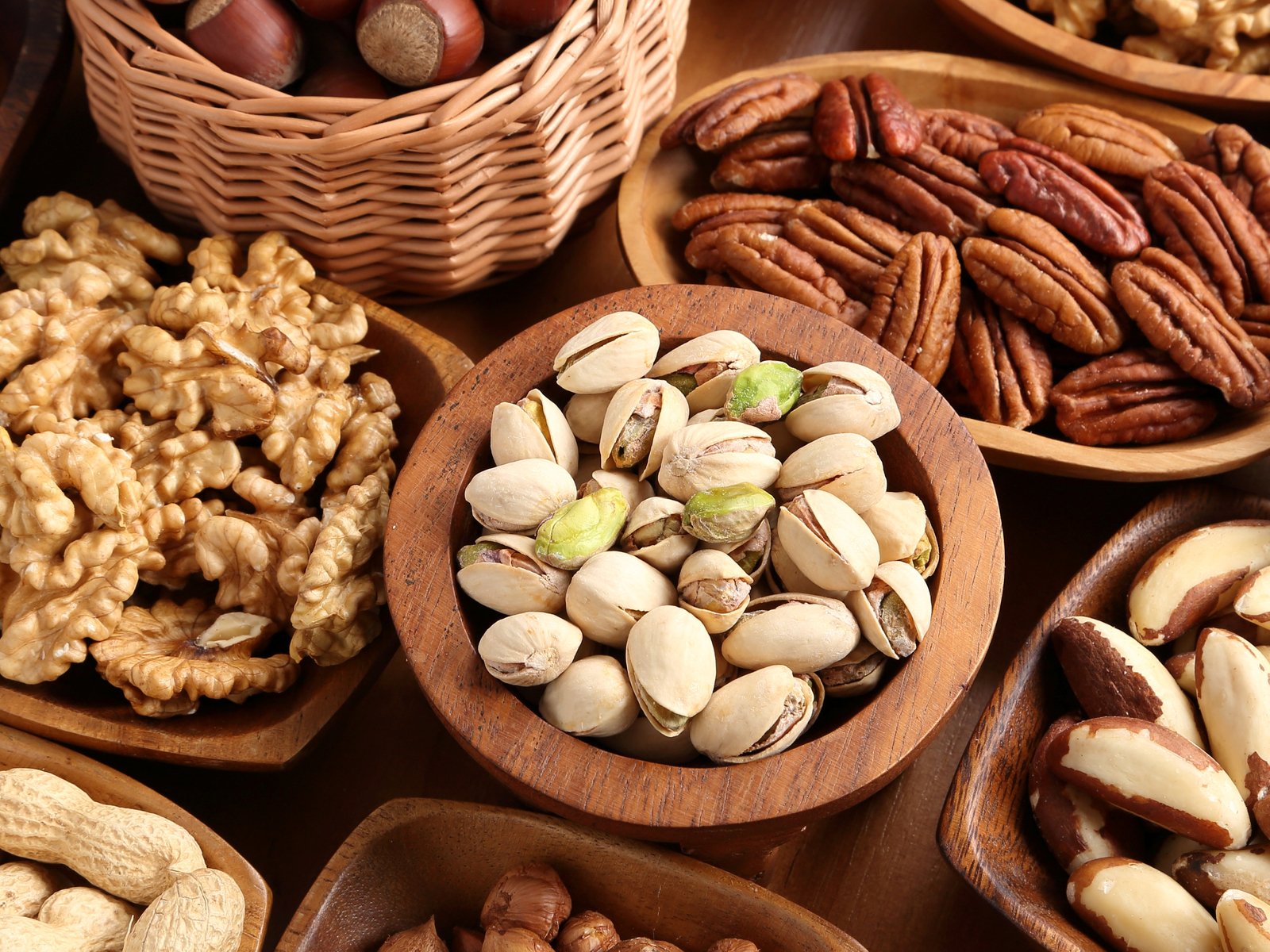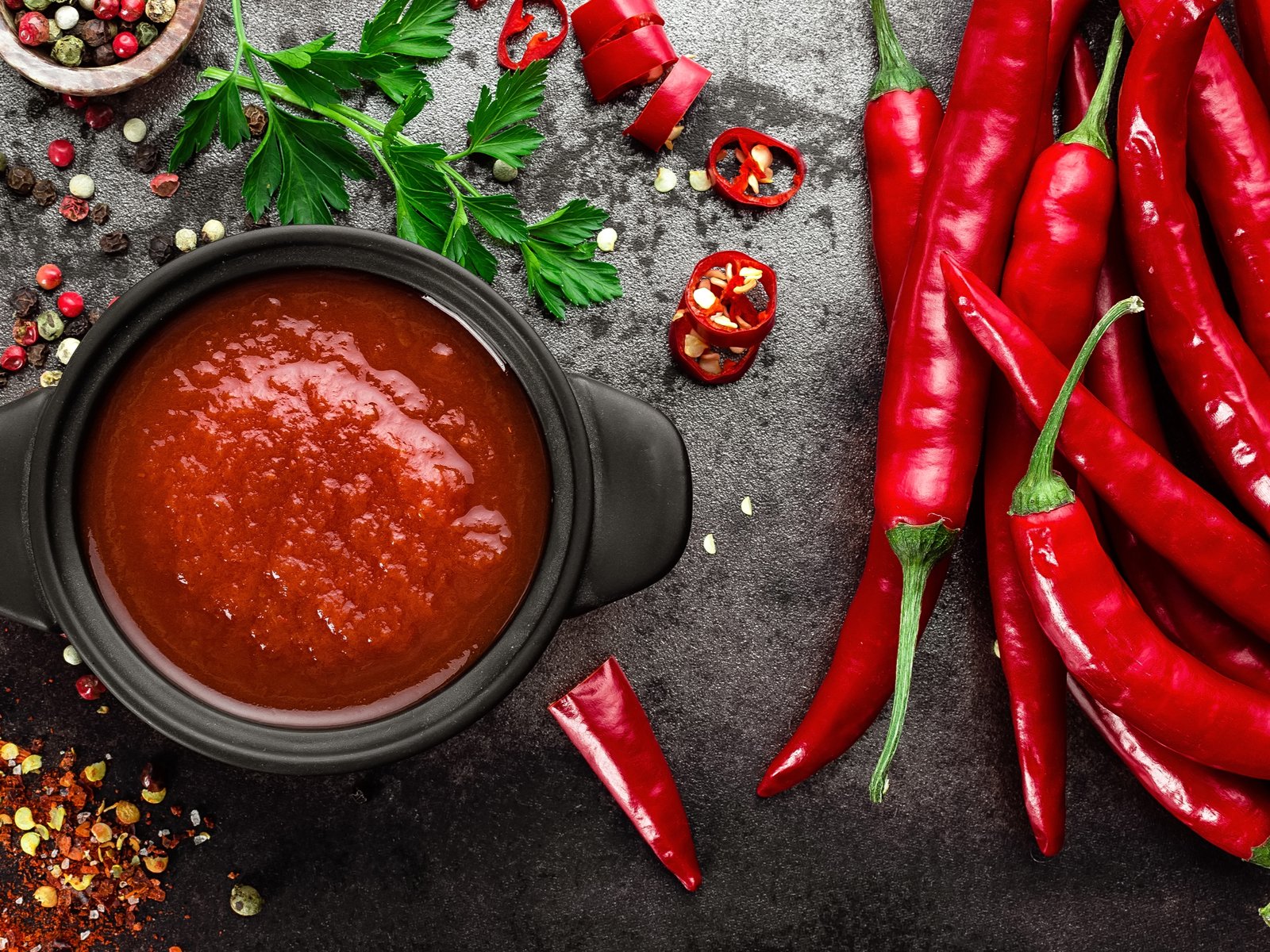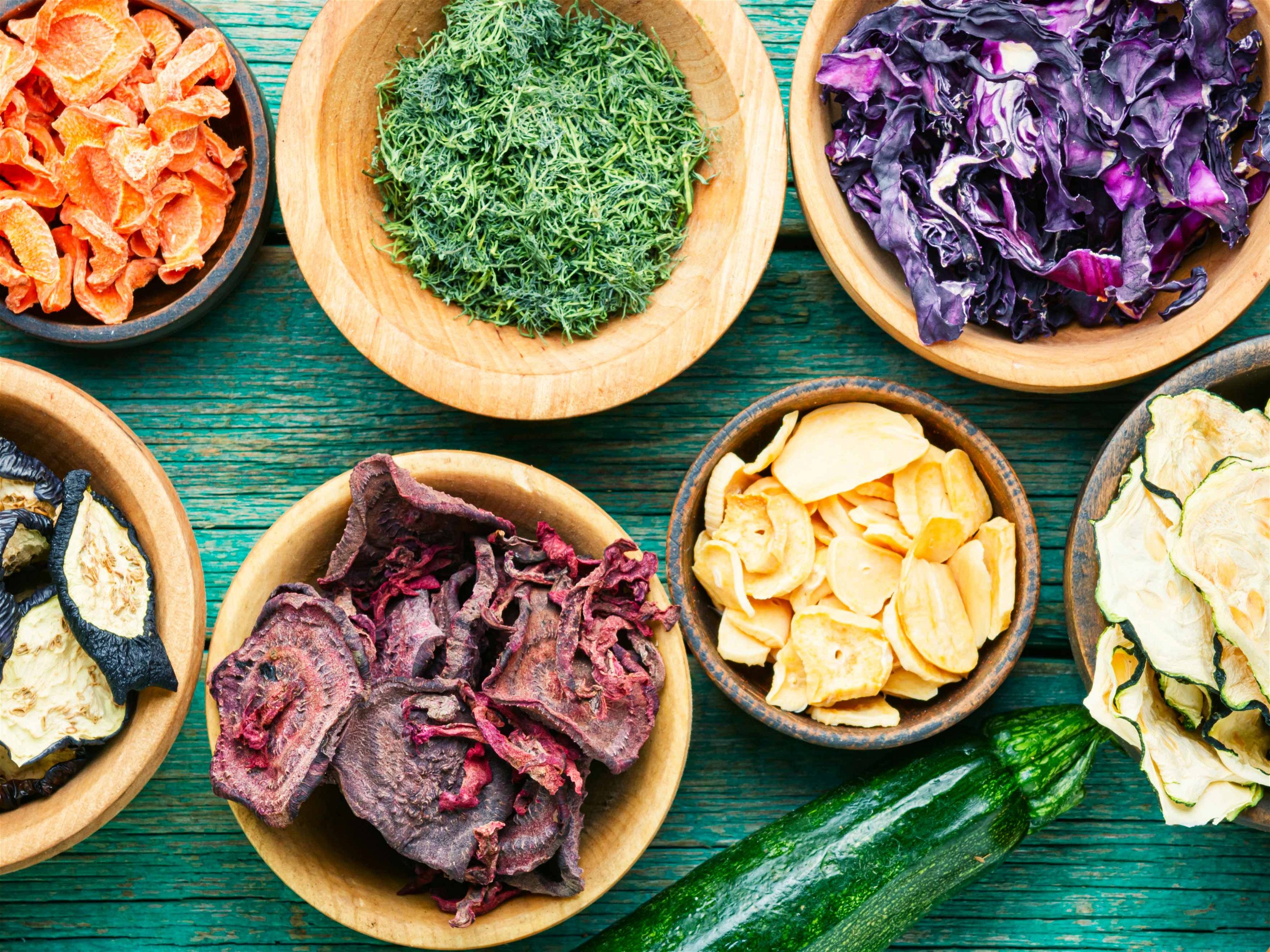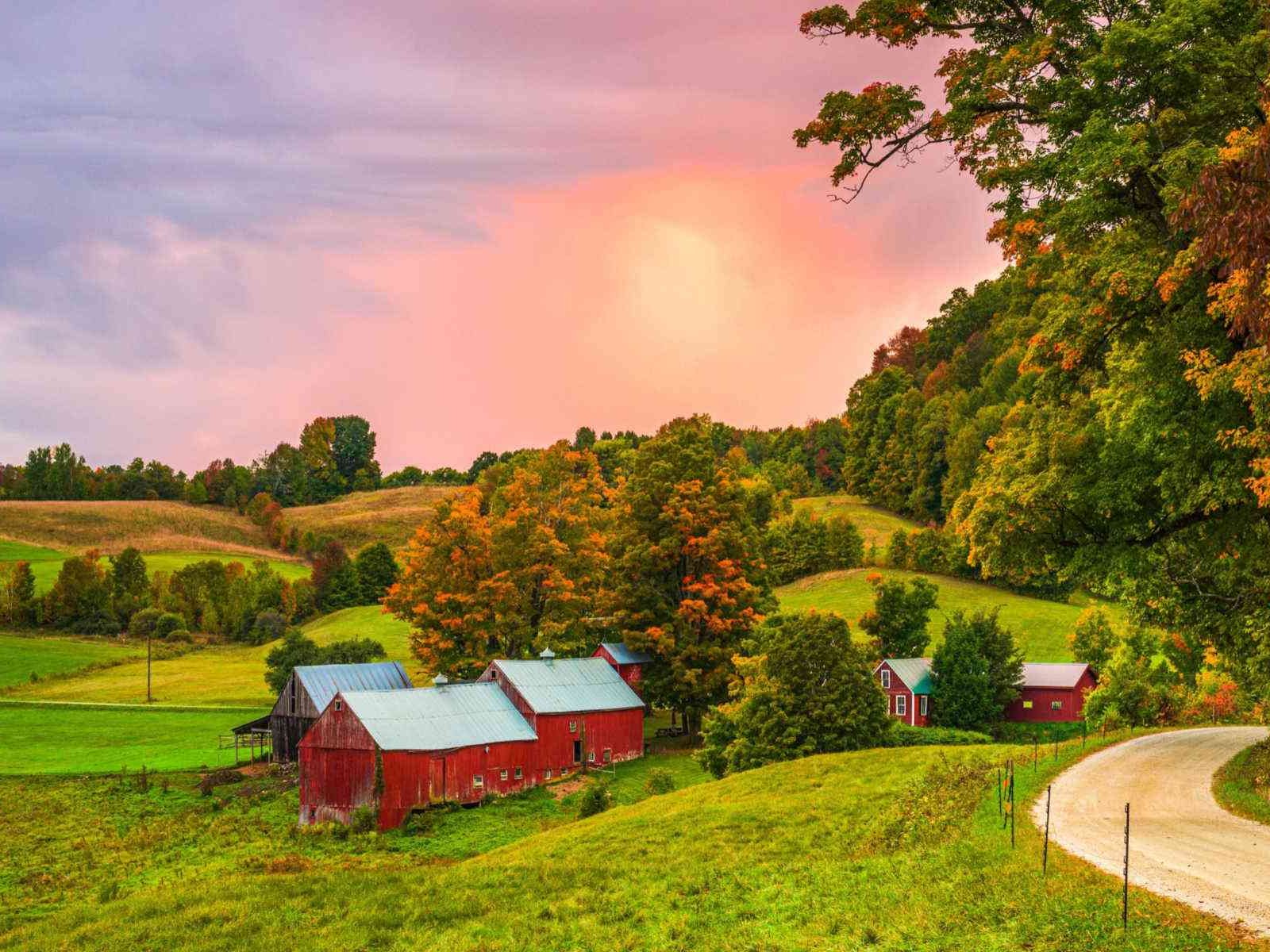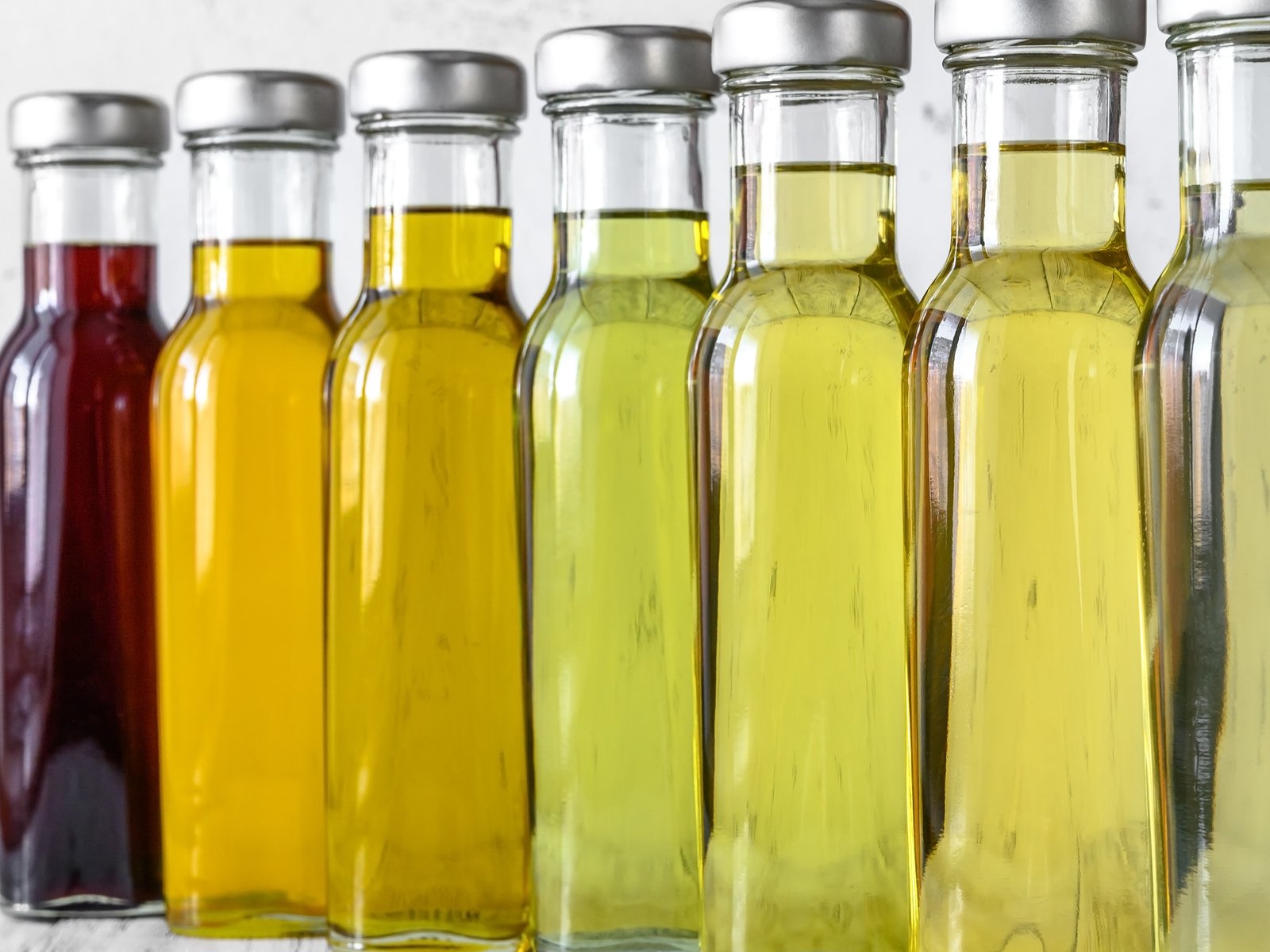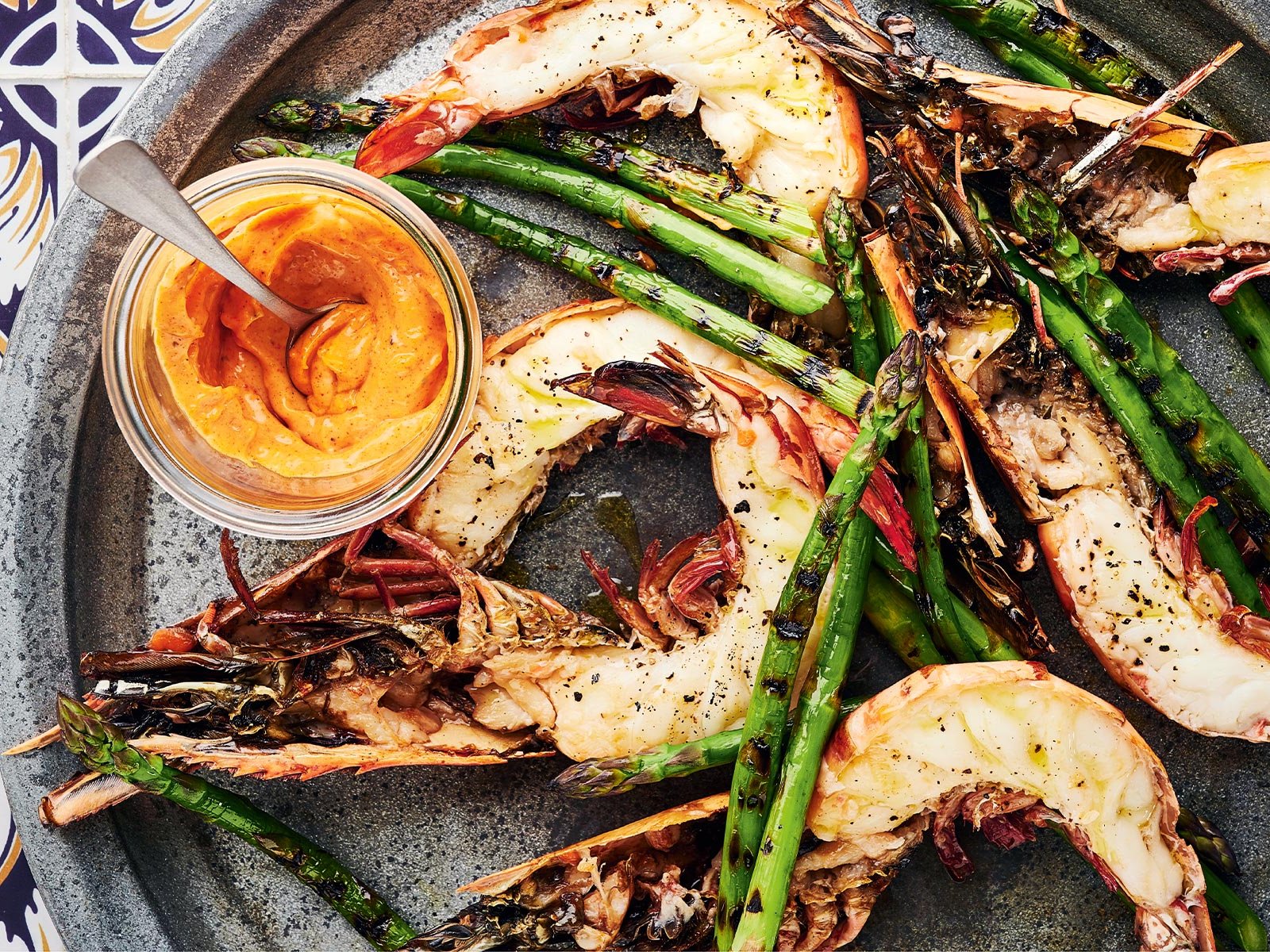All You Need to Know about Chestnuts
Sweet, Spanish, châtaigne, marron…chestnuts can be a confusing nut to pin down. Here are five things you need to know.
Don't let the host of different names put you off chestnuts. Perserve and you’ll discover a fascinating back story and host of culinary uses. Here are just five of them.
1. You can drink them!
Leave a human being with almost any plant for long enough and they’ll almost certainly find a way to incorporate it into an alcoholic beverage. That’s especially true of any starchy ingredient – potatoes, rice, barley and, yes, chestnuts. Add a wintery edge to your refreshment repertoire with one of the many chestnut liqueur specialities produced especially in Madeira, Spain, France and Italy.
It’s hardly surprising that in regions where chestnuts abound, this ingredient has also been embraced by local breweries. Anyone who’s visited Corsica may well have cooled off with a refreshing chestnut-based amber beer from the island’s major brewer Pietra.
It’s not just the nut that’s of interest to drinks producers. Chestnut wood is used as an alternative to oak casks for storing and flavouring whiskey, eau-de-vie and grappa. It is also the most popular barrel material used for maturing the famous balsamic vinegar of Modena and Reggio-Emilia.
2. Don’t be confused by a misleading family tree
The word chestnut is applied loosely to several nuts and nut lookalikes, some more edible than others, so it’s worth being aware of the differences. The edible chestnut prized so highly in much of Europe is officially called Castanea sativa, known popularly as the sweet chestnut or Spanish chestnut. It has close relatives in China, south-east Asia and the US, all similarly appetising.
They may come wrapped in a similarly spiky case and look appealingly glossy, but the chestnuts, or conkers, found inside the horse chestnut tree are not only no relation of the “real” chestnut, but are also mildly poisonous if eaten. Meanwhile the water chestnut, a common ingredient across so many southeast Asian cuisines, is not only no relative of any other chestnut, but isn’t even a nut, or indeed grown on a tree. It is actually a corm, or bulb-like structure, that forms the base of an aquatic plant cultivated in watery paddy fields.
3. They have historically been a staple food for the poor...
Until the 16th century introduction of potatoes to Europe, chestnuts were a vital source of carbohydrate for many people, especially at times of crop failure or among communities who lived in forested or mountainous regions not conducive to arable farming. Here chestnut flour could be used as a substitute for wheat to make bread, pasta or pancakes. In several Italian regions, particularly Tuscany and Liguria, there remains a speciality called Castagnaccio, a thin, sugarless “cake” traditionally made from chestnut flour, olive oil, pine nuts and dried fruit that is a prime example of the country’s frugal yet delicious cucina povera.
Chestnuts have also long been a staple food in southwest Asia. Indeed, Turkey remains one of the world’s largest producers today. In Anabasis by Xenophon, an adventurous account of leading a Greek army on a gruelling journey from modern day Iraq to the western Turkish coast during the early 4th century BC, he includes a scene where the soldiers survive by eating boiled chestnuts. These may have been marginally preferable to the jars of pickled dolphin also found on the starving soldiers’ same desperate raiding mission.
4. …but have also long been prized as a delicacy among the wealthy
To a certain extent, chestnuts’ strong association with lowly peasant food led to them falling out of fashion at smarter dining tables. That said, the marron glacé has long been a prized sweet treat among the most aristocratic members of society. The earliest recipe for this candied chestnut is thought to have been recorded in the 16th century by the Italian chef of Charles Emmanuel I, Duke of Savoy. Louis XIV and Queen Victoria were also fans.
Incidentally, the French word marron refers to exactly the same type of nut as châtaigne, but indicates a particularly large example that occupies the husk on its own, rather than splitting into several smaller nuts.
5. China is the world’s largest chestnut producer
In recent decades Chinese cultivation of chestnuts has soared to a hefty 1.8 million metric tonnes in 2019, according to the U.N. Food & Agriculture Organisation. Hebei Province in the northeast of the country, close to Beijing, is a major cultivation hub. While the Chinese are enthusiastic chestnut consumers, a significant proportion of this vast production – reportedly to a value of US$81.8m in 2019 – heads overseas. Many of these Chinese nuts are likely to find their way to the world’s keenest chestnut importer, Italy, which in 2019 bought US$90.4m-worth.
The Chinese chestnut is actually slightly different to its European cousin, belonging the same Castanea genus but a different species, mollissima rather than sativa. However, from a culinary perspective mollissima is equally prized and the subtle distinction is rarely flagged up to consumers. This Chinese species is also, rather usefully for commercial producers, resistant to the chestnut blight that affects its European and American cousins.
